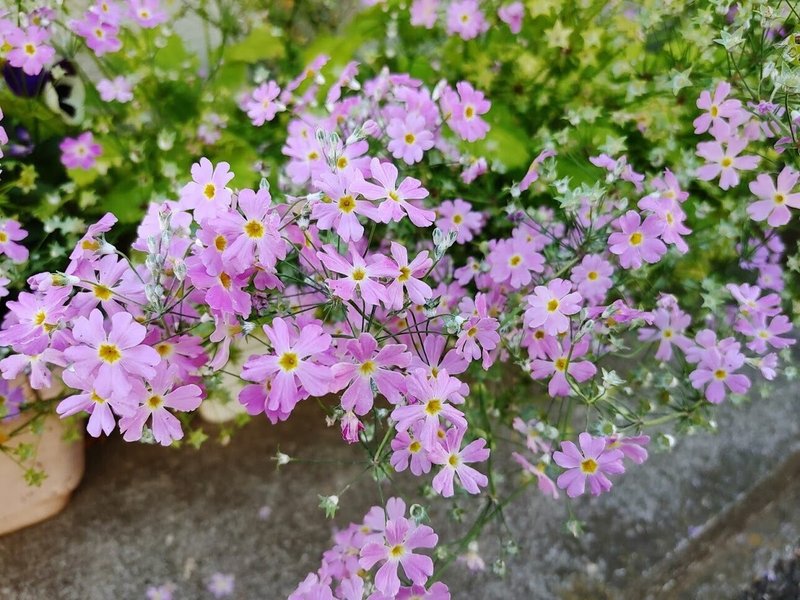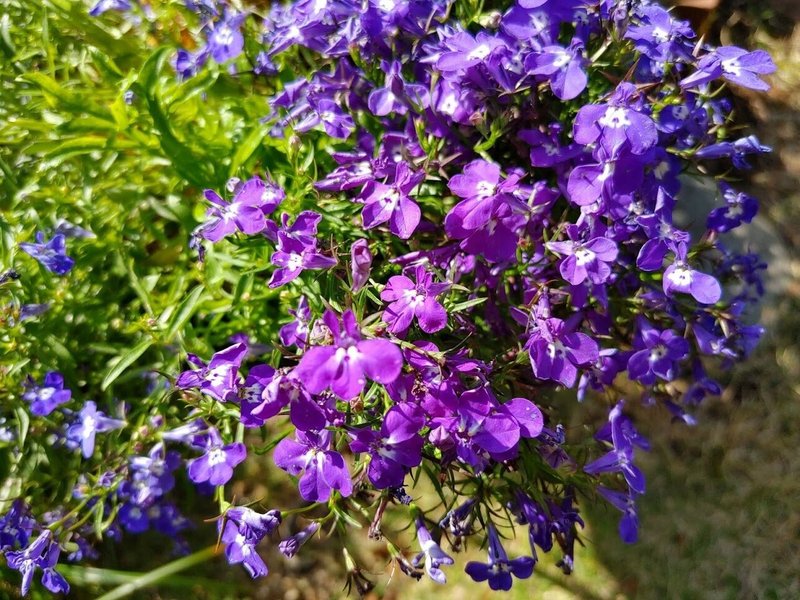COVID19 - The third state of emergency in Japan
The State of Emergency was once again declared on 8th January until 7th February in Kanto region in Japan. Areas like Tokyo, Kanagawa, Saitama and Chiba once again needed to follow the government’s request to restrict the unnecessary and non-urgent movement of people. This was later extended for one more month, until 21st March 2021.
By then, I reckon that people were more used to the phrase “The State of Emergency”. People wore face masks all right, people worked from home, public transportations such as trains and buses were less crowded, schools had implemented online lessons, restaurants and bars were closed – I believe it was more or less the same situation across the world.

However, people gradually changed their lifestyle. Many started to go to supermarkets for shopping taking entire family, including babies and small children. I recall that smaller children did not seems to take any precaution against Corona, with their bare faces and touching goods on supermarket shelves, did not sanitize their hands at the entrances of supermarkets. Many were out during weekend. Shopping centres were busting with many customers enjoying window shopping. There was indeed a relaxed atmosphere compared with the 1st and 2nd state of emergency.

Apart from this relaxed atmosphere, there were few glimmers of hopes.
One was vaccination. The state started taking application for vaccination for elderly people. Coupons began arriving at their postboxes. Some media reported that there were many elderly people facing difficulty getting appointment via website. Call centres specialized for vaccine appointment kicked off, many elderly people started calling for information and appointment. It showed that there were huge gaps among elderly population in Japan who has IT literacy - those who can operate PC, tablets, and smartphone, and those who do not even have a smart phone or computer at home. Many needed support to use PC or smart phone, and families or neighbours helped them out.
At home, my parents made appointment with local GP on the telephone. However, they were informed to wait at least three months for the actual date of vaccination. Apparently not sufficient amount of vaccine was imported from abroad, and Japanese pharmaceutical companies had not produced their own vaccines yet. It seemed that most of the elderly people had to wait until June or July for their first jab.

The essential workers were given priority for the first and second jabs. One of my friends, who work at a hospital as a nursing staff, could take vaccine as early as in March. The definition of the essential workers seemed slightly ambiguous to layman’s eyes. Social workers and care workers (both home care workers and workers at nursing homes) were not given priority. They had to wait as everybody else, until their local authorities send them vaccine coupons.

The second was the weather. Kanto region in Japan was quite blessed with good weather. Flowers started to bloom once again this year. Despite of pandemic, nature gave us some consolation, a moment to forget this seemingly never-ending fight against this new virus.
At the end of March, I received an job offer from a company. I took the offer greatly.
The prospect of going back to work after 6 month was exciting.



Comments
Post a Comment